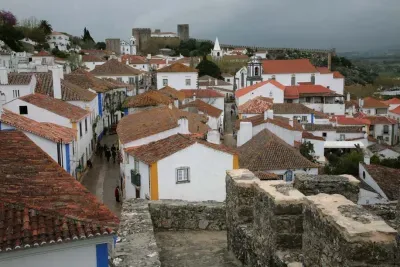Santuário do Senhor Jesus da Pedra
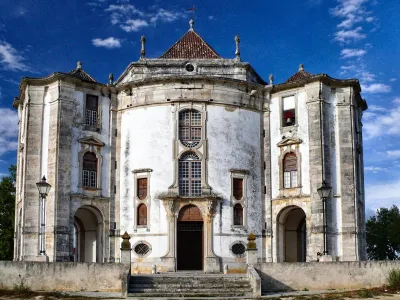
Rising magnificently from a site outside of the ancient town walls of Óbidos, the Santuário do Senhor Jesus da Pedra came into being around 1750 as a memorial to King João V. What makes this structure particularly noteworthy is its hexagonal floorplan, which was the brainchild of baroque architect Capitán Rodrigo Franco.
However, legend also has it that the church was constructed to honour the otherworldly powers of a stone crucifix that had stood on the site since the second century AD and can now be found in pride of place behind the altar.
Óbidos Castle
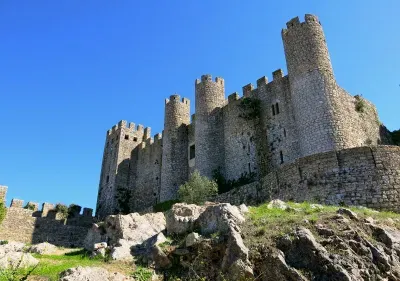
It's hard to miss Óbidos Castle, given its immense size and grand position in this hilltop town. However, there's very little reason why you should ever want to. Beautifully well-preserved, it dates back to defences first put in place by the Muslim rulers of Óbidos before Portugal's first king, Afonso I, reconquered the region in the 1140s.
The castle was rebuilt again by King Dinis when he gifted the town to his new bride in 1282 as the traditional royal wedding present.
Praça de Santa Maria
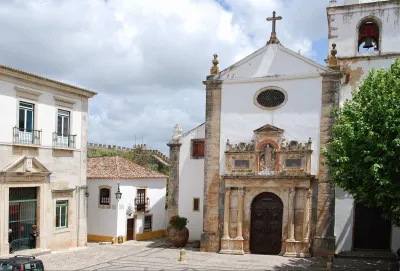
The Square of Saint Mary, or Praça de Santa Maria, can be found at the northern end of Rua Direita, the street to which all other streets in Óbidos link to. The location of the historically important Igreja de Santa Maria, the square is a popular place to soak up the sun, and certainly isn't short of atmosphere. Buzzing during the summer months and picturesquely tranquil at other times of year, it is enclosed by a series of attractive buildings, while the focal point at its centre is perhaps the pillory.
Igreja de Santa Maria - Obidos
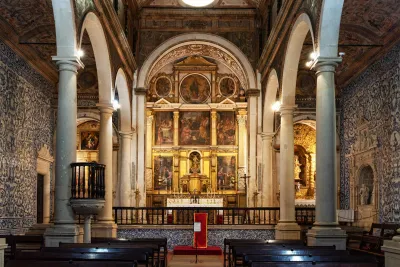
The Igreja de Santa Maria (Church of Saint Mary) is one of the most important religious structures in Óbidos, and has been for at least 1500 years. It hasn't been a Christian place of worship all of this time, however. It was first believed to have been the site of a Visigoth temple, before its conversion into a mosque when the Iberian Peninsula was ruled by the caliphates of North Africa. It didn't become a church until the twelfth century, during the gothic period.
Óbidos Town Museum
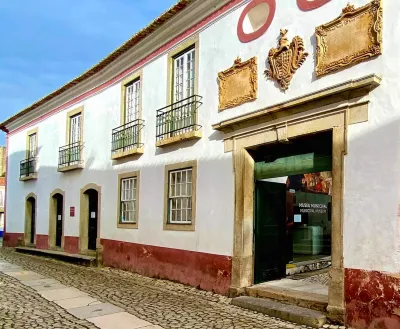
The Museu Municipal de Óbidos, or Óbidos Municipal Museum, can be found occupying the rooms of the town's old town hall on Rua Direita.
It's collection primarily comprises statues brought to life between the fifteenth and seventeenth centuries, alongside artworks by Josefa de Óbidos. A rare example of a known female religious artist, she died in the town in 1684. Many of her works that are not should here have found there way to the Museu Nacional de Arte Antiga in Lisbon.
Igreja de São Pedro - Obidos
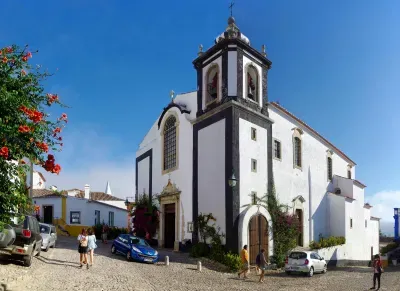
This church is dedicated to Saint Peter (São Pedro) and replaces an earlier one that was all but destroyed by the great Lisbon earthquake of 1755. Taking a relatively simple outer form, the short bell tower to one side of the main entrance is believed to come from the original structure alongside its internal spiral staircase.
Porta da Vila

Since Óbidos remains a walled city, the Porta da Vila main gateway continues to be as important as ever. Leading onto Rua Direita, the town's high street, the gate actually takes the form of a small tower. Inside the fourteenth-century structure you'll find a Baroque upper balcony that was once used as an oratory (Oratório da Nossa Senhora da Piedade) and for public announcements.
Aqueduto de Óbidos
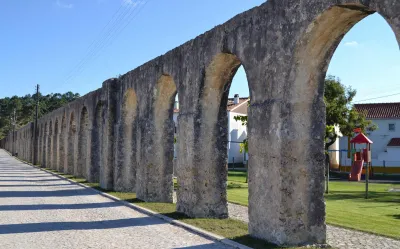
The arches of the Aqueduto de Óbidos, or Óbidos Aqueduct, together create a simplistic form that has cut across the landscape to supply the town with water since it was first constructed on the orders of Catherine of Austria, the queen consort to King João III, in the 1570s. To fund it, she had to sell other lands under her ownership nearby, demonstrating just how important she thought the project was.
Museu de José Malhoa
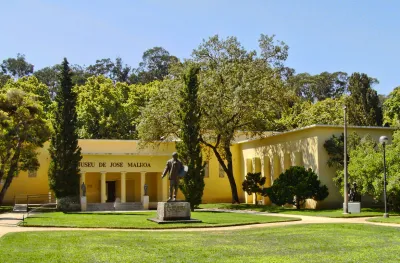
The Museu de José Malhoa (José Malhoa Museum) is situated in the grounds of the beautifully landscaped Parque Dom Carlos I. As the name suggests it is home to the largest collection of Caldas da Rainha born painter, José Malhoa.
José Vital Branco Malhoa (1855-1933) is recognised as the most influential naturalist painter of the late 19th century. His work depicts Portuguese life, often rural, at the time with unrivaled skill.
Igreja de Nossa Senhora do Pópulo
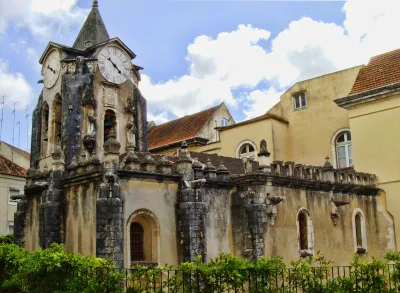
The Igreja de Nossa Senhora do Pópulo, also referred to as the Igreja Matriz das Caldas da Rainha is a quirky little church adjoined to the thermal spa. Indeed it was built as the private chapel for the spa in 1500. The style is mainly Gothic with a notable Manueline belfry which was completed several years later.
The architect of this small church was Mateus Fernandes, who's greatest work was the Imperfect Chapels (Capelas Imperfeitas) of the Batalha Monastery.
